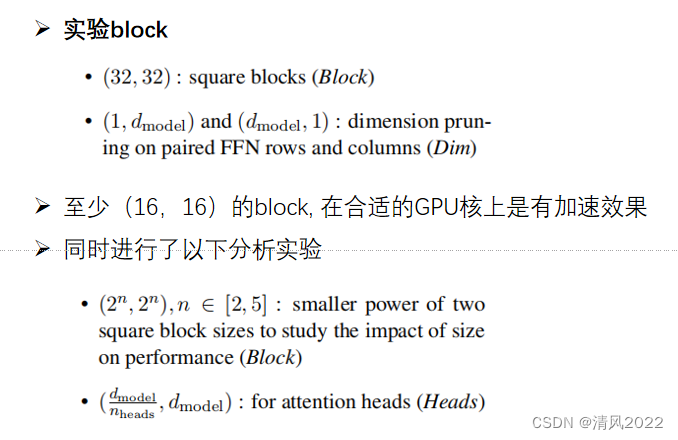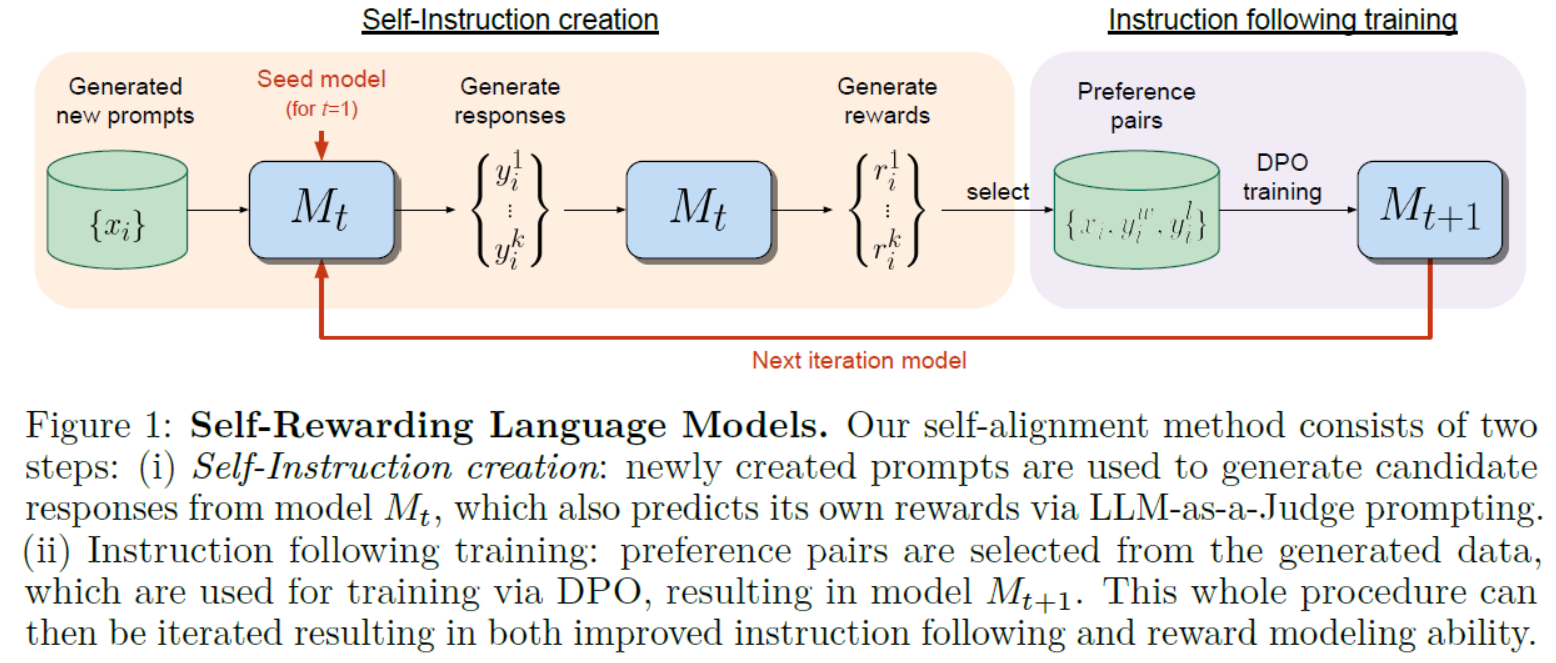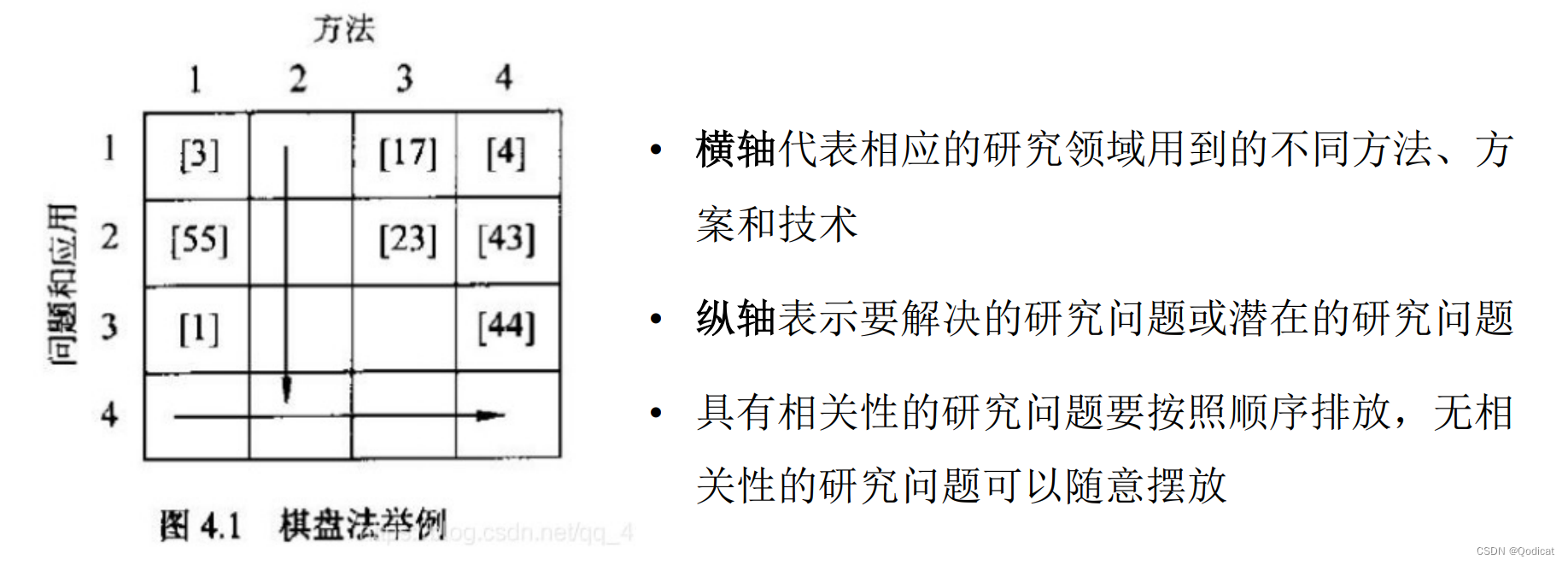论文信息
论文地址:https://arxiv.org/pdf/2210.17168.pdf
Abstract
论文提出了一种token–level的自蒸馏对比学习(self–distillation contrastive learning)方法。
1. Introduction
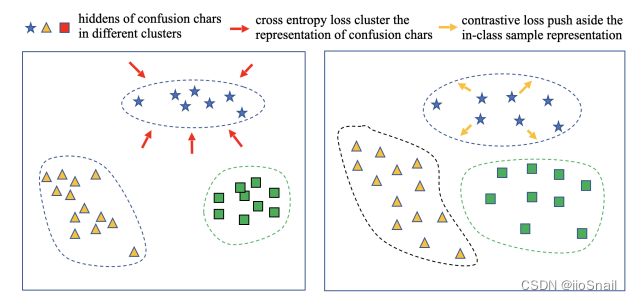
传统方法使用BERT后,会对confusion chars进行聚类,但使用作者提出的方法,会让其变得分布更均匀。
2. Methodology
2.1 The Main Model
作者提取特征的方式:① 先用MacBERT得到hidden states,然后用word embedding和hidden states进行点乘。写成公式为:
H
=
M
a
B
E
R
T
(
X
)
⋅
W
H=MacBERT(X)⋅W
这里的
W
W
后面就是正常接个输出层再计算CrossEntropyLoss
2.2 Contrastive Loss
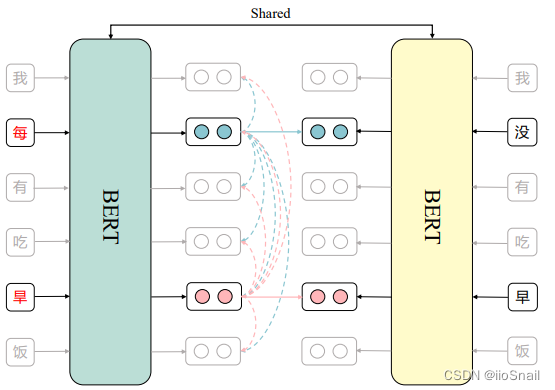
基本思路:让错字token的特征向量和其对应正确字的token特征向量距离越近越好。这样BERT就能拿着错字,然后编码出对应正确字的向量,最后的预测层就能预测对了。
作者的做法:
- 错误句子从左边进入BERT,正确句子从右边进入BERT
- 对于错字,进行对比学习,让其与对应的正确字的特征向量距离越近越好。即
每这个错字的正样本为没。 - 将错误句子的其他token作为错字的负样本,使错字token的特征向量与其他向量的距离越远越好。上图中,
每字有5个负样本,即我、有、吃、旱、饭
L
=
−
∑
=
1
n
L
(
~
i
)
(
(
~
i
,
i
)
/
τ
)
∑
j
=
1
n
(
(
~
i
,
j
)
/
τ
)
L_c = –sum_{i=1}^n Bbb{L}left(tilde{x}_iright) log frac{exp left(operatorname{sim}left(tilde{h}_i, h_iright) / tauright)}{sum_{j=1}^n exp left(operatorname{sim}left(tilde{h}_i, h_jright) / tauright)}
Lc=−i=1∑nL(x~i)log∑j=1nexp(sim(h~i,hj)/τ)exp(sim(h~i,hi)/τ)
其中:
-
n
n
n : 为n个token
-
L
(
~
i
)
L(x~i): 当
x
i
x_i
xi为错字时,
L
(
x
~
i
)
=
1
L(x~i)=1,否则为
0
0
0。即只算错字的损失。
-
(
⋅
)
-
h
~
i
tilde{h}_i
-
h
i
h_i
-
τ
tau
τ:温度超参
L
L_y
Ly,目的是让右边可以输出它的输入,即copy–paste任务。
L
=
L
x
+
α
L
+
β
L
c
L=Lx+αLy+βLc
2.3 Implementation Details(Hyperparameters)
- BERT:MacBERT
- optimizer: AdamW
- 学习率: 7e-5
- batch_size: 48
-
λ
-
α
α: 1
-
β
beta
β: 0.5
-
τ
tau
τ: 0.9
- epoch: 20次
3. Experiments
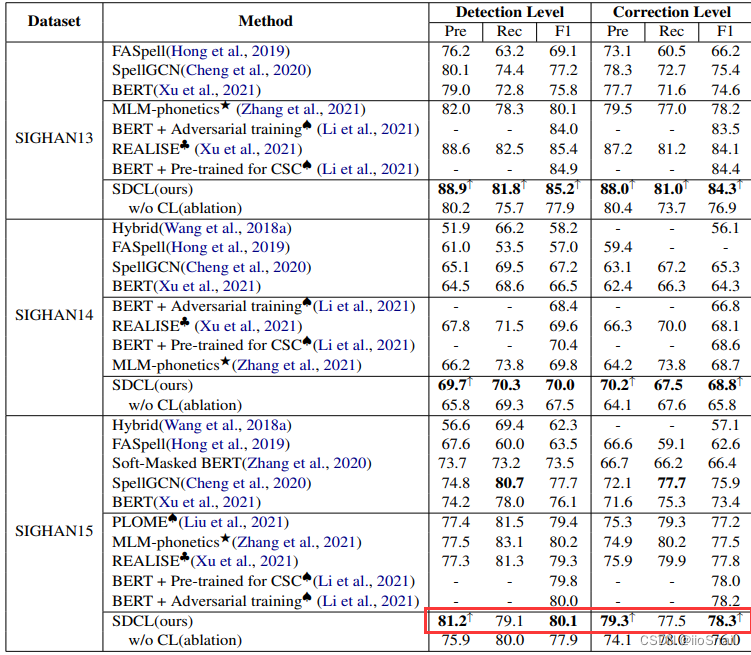
代码实现
import torch
import torch.nn as nn
from transformers import BertTokenizerFast, BertForMaskedLM
import torch.nn.functional as F
class SDCLModel(nn.Module):
def __init__(self):
super(SDCLModel, self).__init__()
self.tokenizer = BertTokenizerFast.from_pretrained('hfl/chinese-macbert-base')
self.model = BertForMaskedLM.from_pretrained('hfl/chinese-macbert-base')
self.alpha = 1
self.beta = 0.5
self.temperature = 0.9
def forward(self, inputs, targets=None):
"""
inputs: 为tokenizer对原文本编码后的输入,包括input_ids, attention_mask等
targets:与inputs相同,只不过是对目标文本编码后的结果。
"""
if targets is not None:
# 提取labels的input_ids
text_labels = targets['input_ids'].clone()
text_labels[text_labels == 0] = -100 # -100计算损失时会忽略
else:
text_labels = None
word_embeddings = self.model.bert.embeddings.word_embeddings(inputs['input_ids'])
hidden_states = self.model.bert(**inputs).last_hidden_state
logits = self.model.cls(hidden_states * word_embeddings)
if targets:
loss = F.cross_entropy(logits.view(logits.shape[0] * logits.shape[1], logits.shape[2]), text_labels.view(-1))
else:
loss = 0.
return logits, hidden_states, loss
def extract_outputs(self, outputs):
logits, _, _ = outputs
return logits.argmax(-1)
def compute_loss(self, outputs, targets, inputs, detect_targets, *args, **kwargs):
logits_x, hidden_states_x, loss_x = outputs
logits_y, hidden_states_y, loss_y = self.forward(targets, targets)
# FIXME
anchor_samples = hidden_states_x[detect_targets.bool()]
positive_samples = hidden_states_y[detect_targets.bool()]
negative_samples = hidden_states_x[~detect_targets.bool() & inputs['attention_mask'].bool()]
# 错字和对应正确的字计算余弦相似度
positive_sim = F.cosine_similarity(anchor_samples, positive_samples)
# 错字与所有batch内的所有其他字计算余弦相似度
# (FIXME,这里与原论文不一致,原论文说的是与当前句子的其他字计算,但我除了for循环,不知道该怎么写)
negative_sim = F.cosine_similarity(anchor_samples.unsqueeze(1), negative_samples.unsqueeze(0), dim=-1)
sims = torch.concat([positive_sim.unsqueeze(1), negative_sim], dim=1) / self.temperature
sim_labels = torch.zeros(sims.shape[0]).long().to(self.args.device)
loss_c = F.cross_entropy(sims, sim_labels)
self.loss_c = float(loss_c) # 记录一下
return loss_x + self.alpha * loss_y + self.beta * loss_c
def get_optimizer(self):
return torch.optim.AdamW(self.parameters(), lr=7e-5)
def predict(self, src):
src = ' '.join(src.replace(" ", ""))
inputs = self.tokenizer(src, return_tensors='pt').to(self.args.device)
outputs = self.forward(inputs)
outputs = self.extract_outputs(outputs)[0][1:-1]
return self.tokenizer.decode(outputs).replace(' ', '')
个人总结
值得借鉴的地方
原文地址:https://blog.csdn.net/zhaohongfei_358/article/details/134686795
本文来自互联网用户投稿,该文观点仅代表作者本人,不代表本站立场。本站仅提供信息存储空间服务,不拥有所有权,不承担相关法律责任。
如若转载,请注明出处:http://www.7code.cn/show_33138.html
如若内容造成侵权/违法违规/事实不符,请联系代码007邮箱:suwngjj01@126.com进行投诉反馈,一经查实,立即删除!

